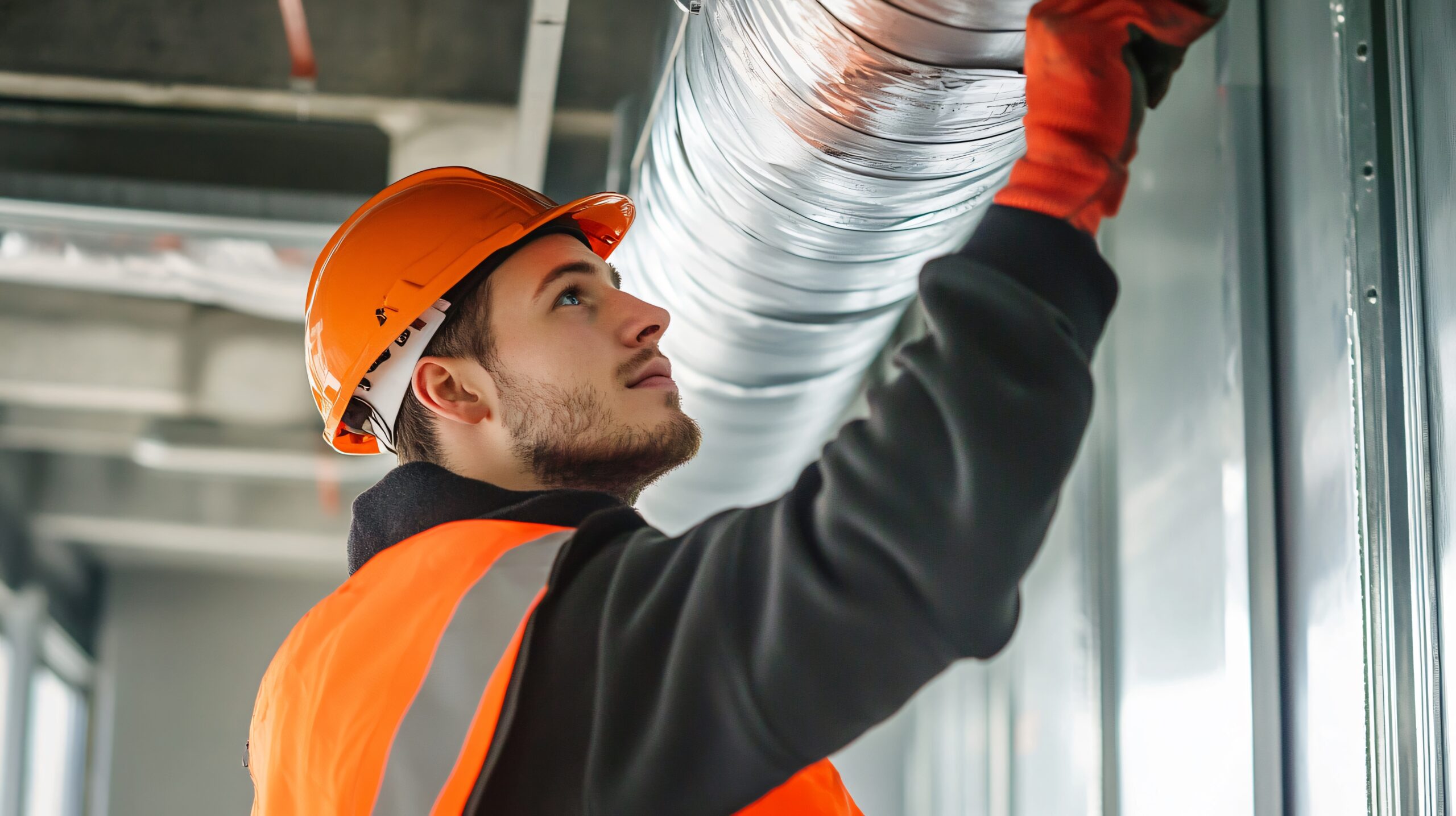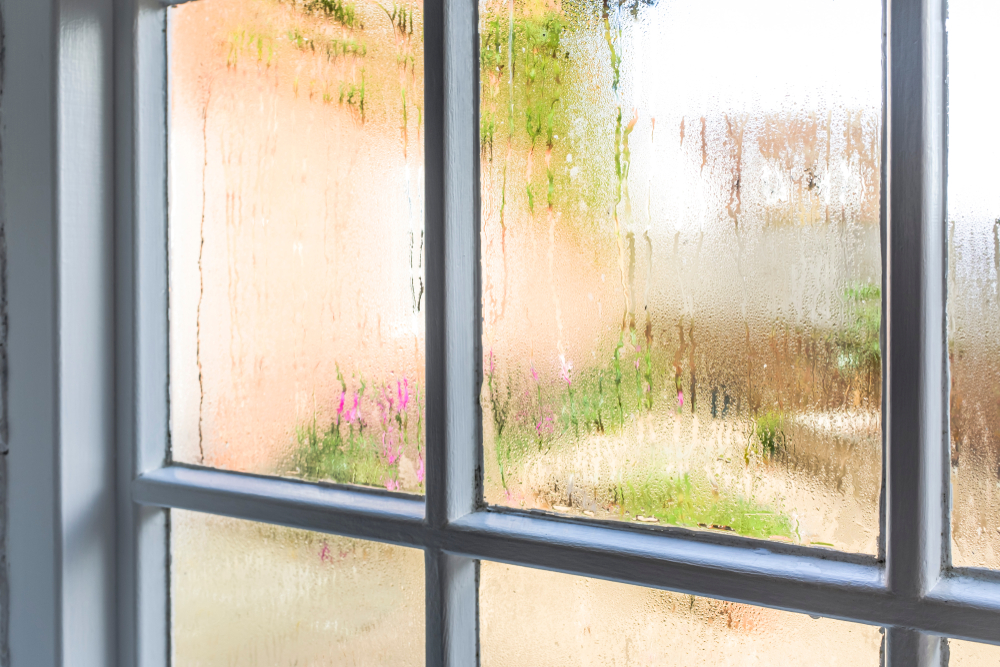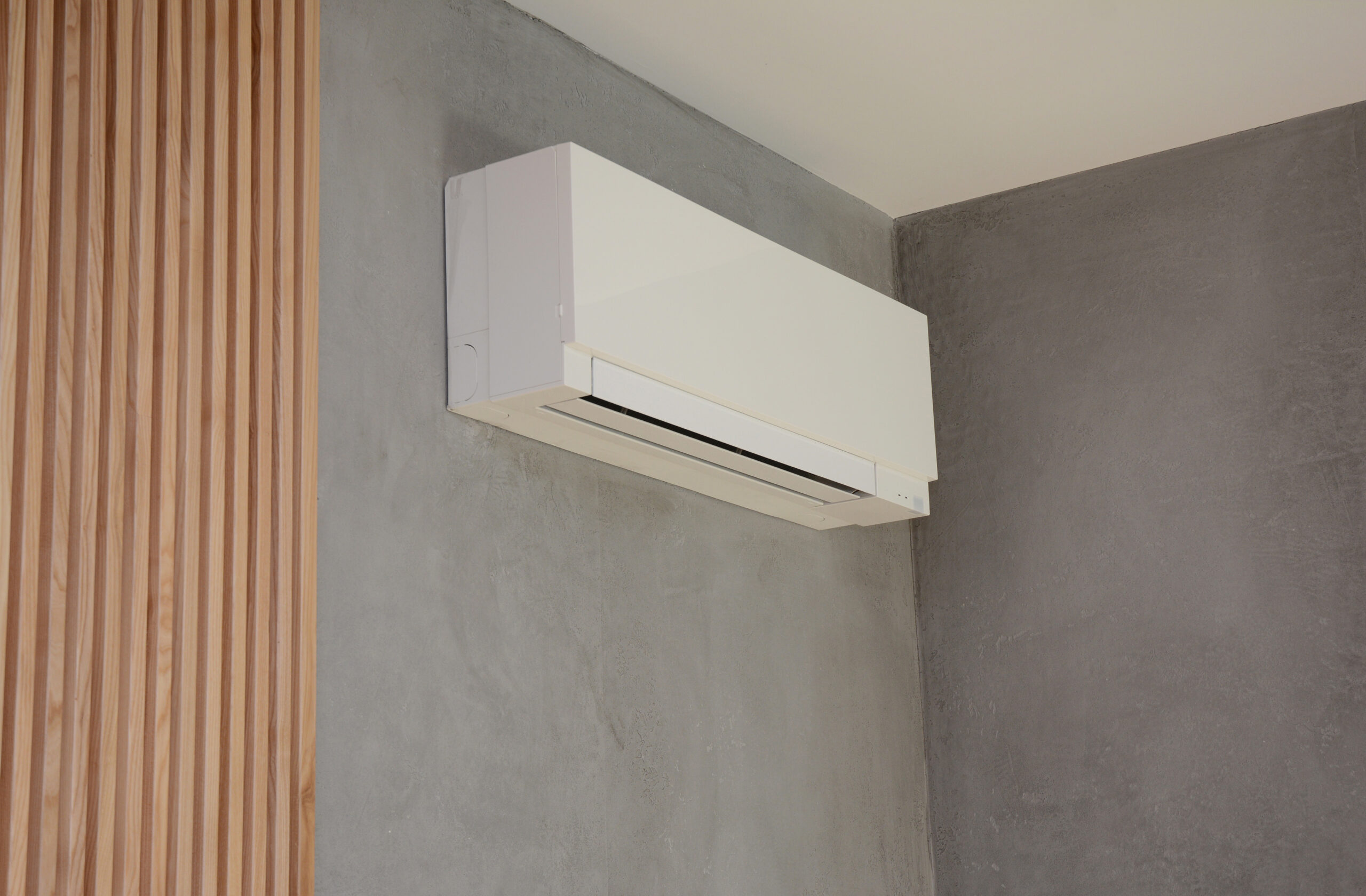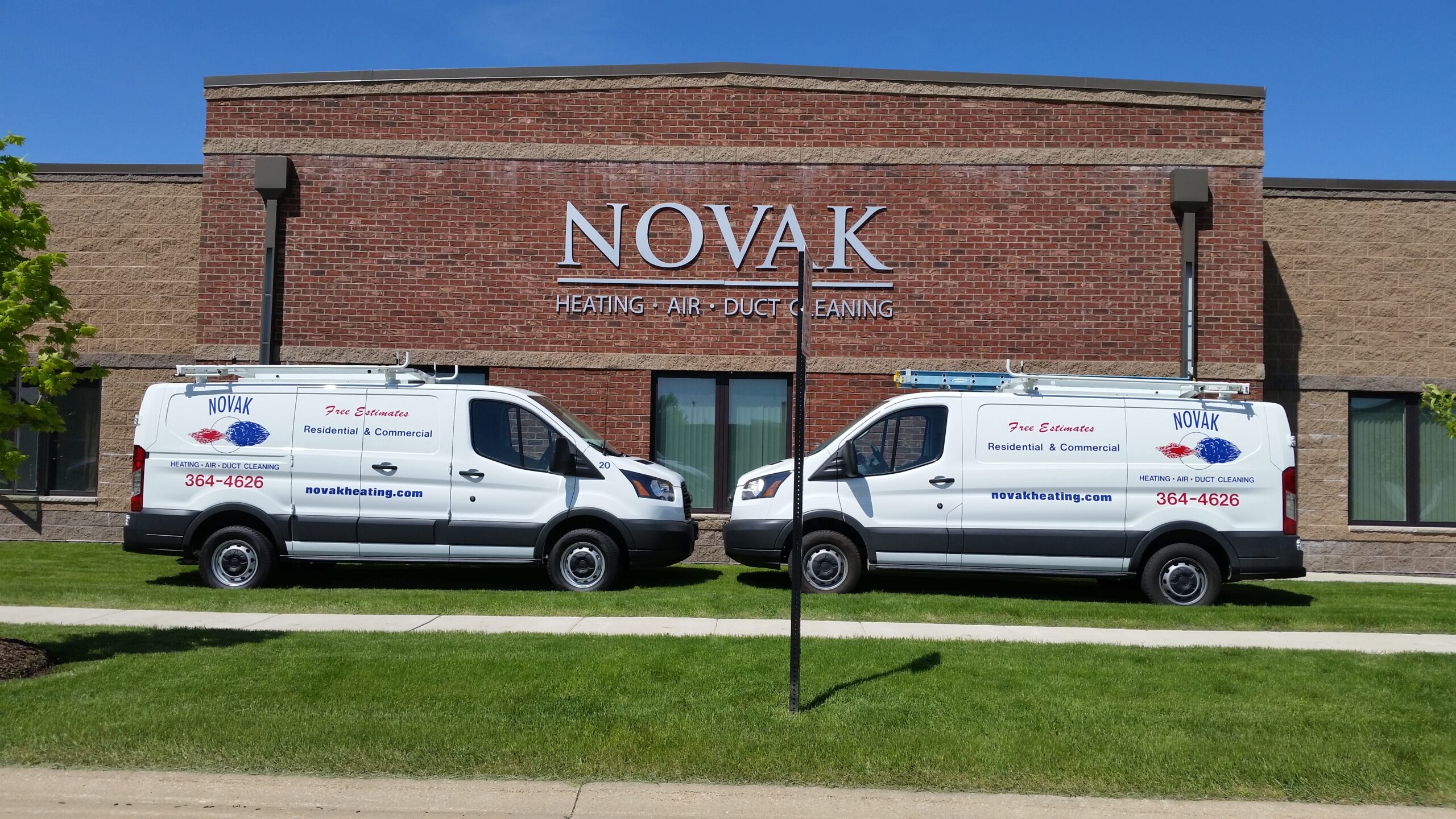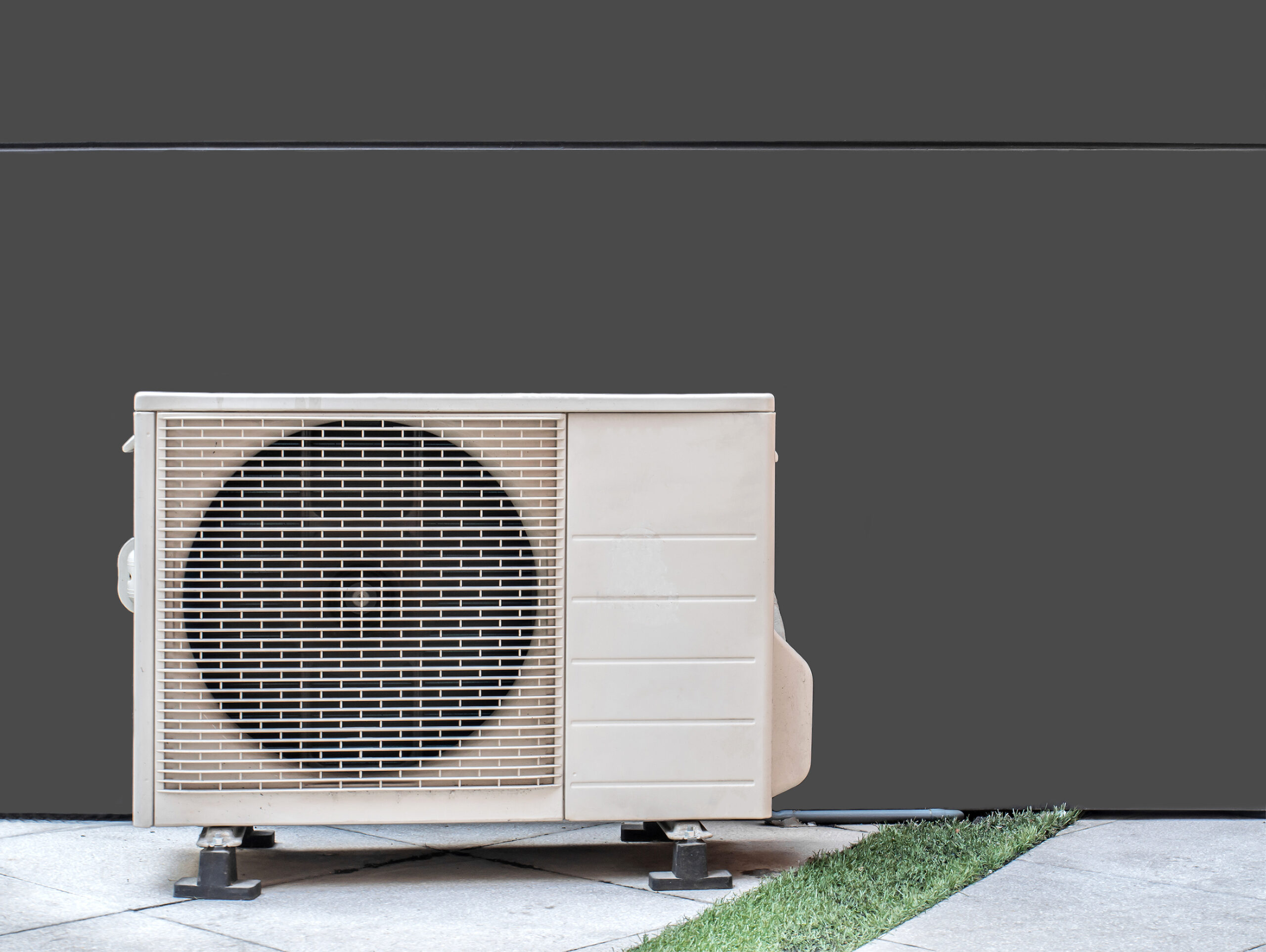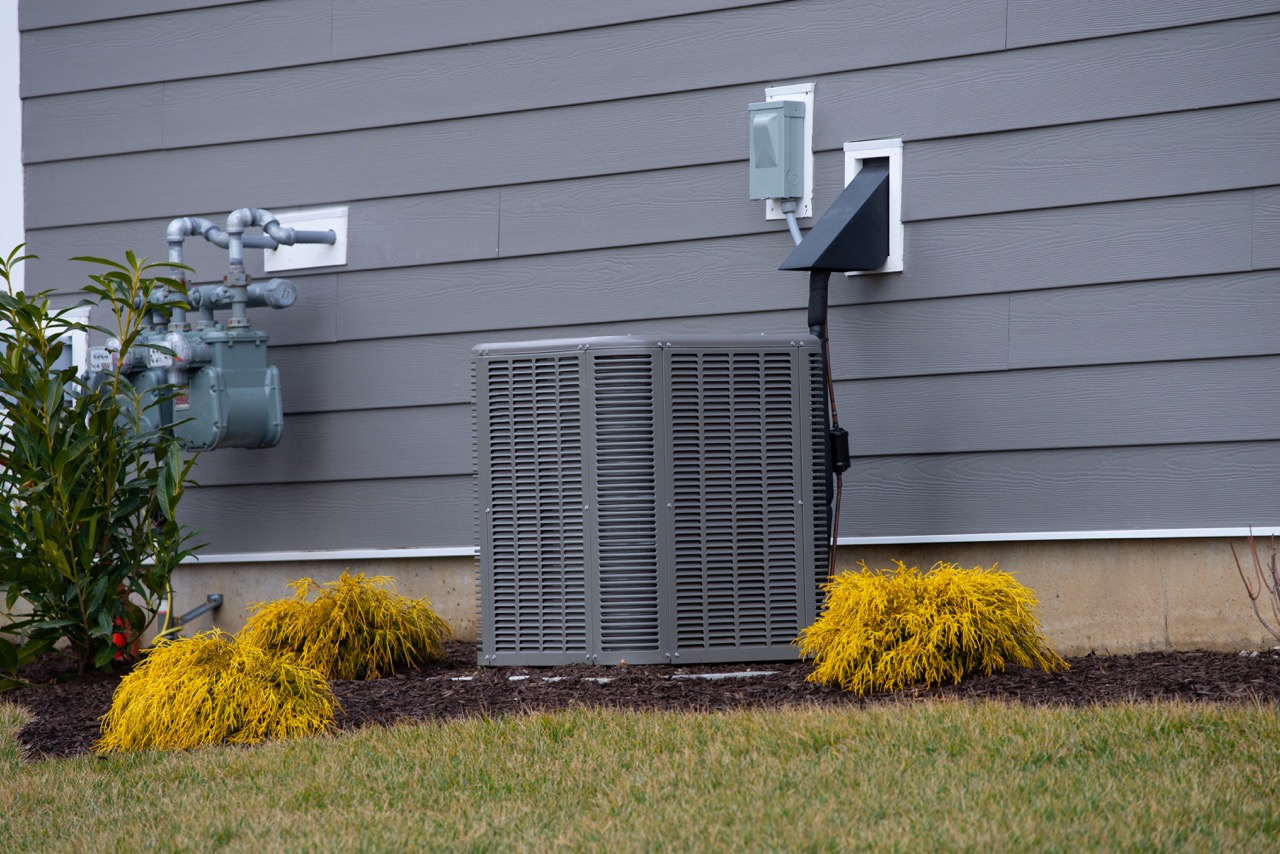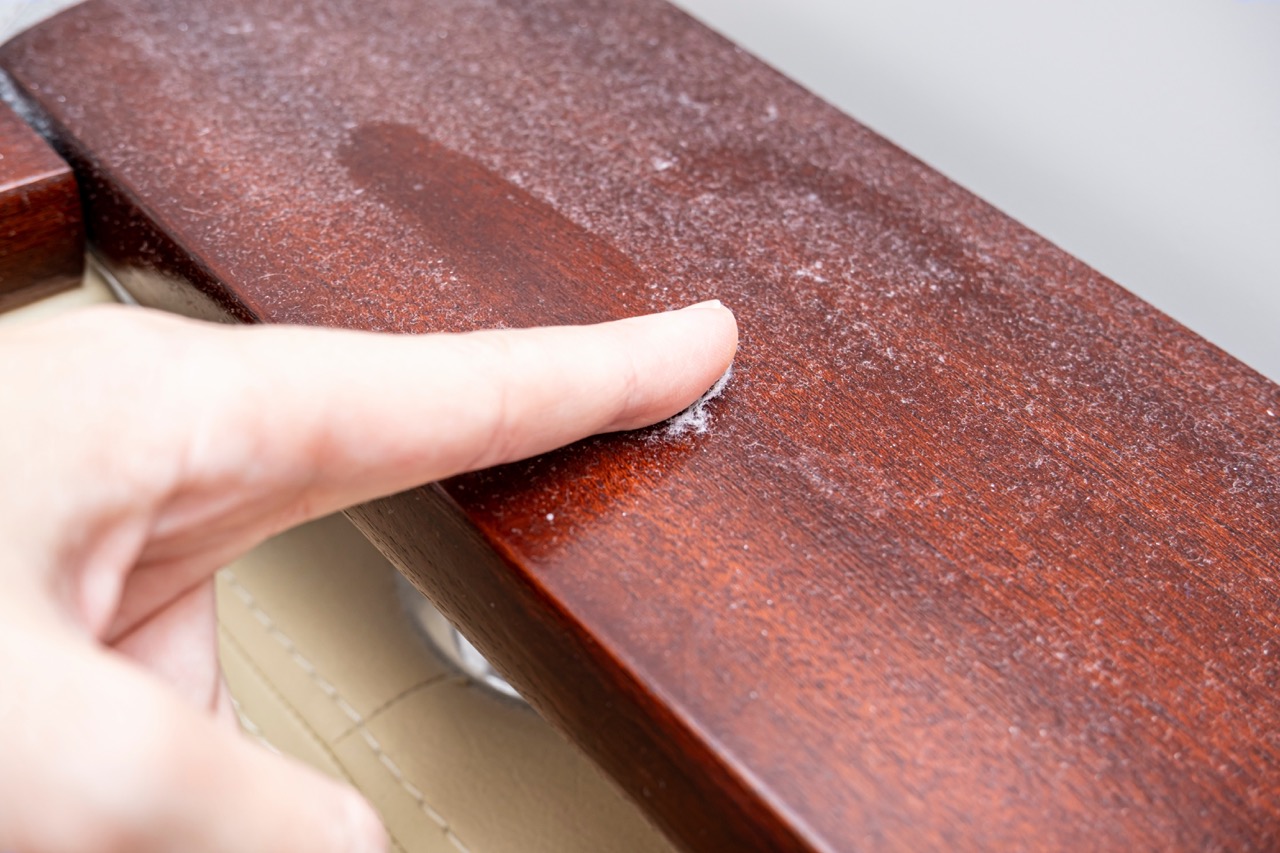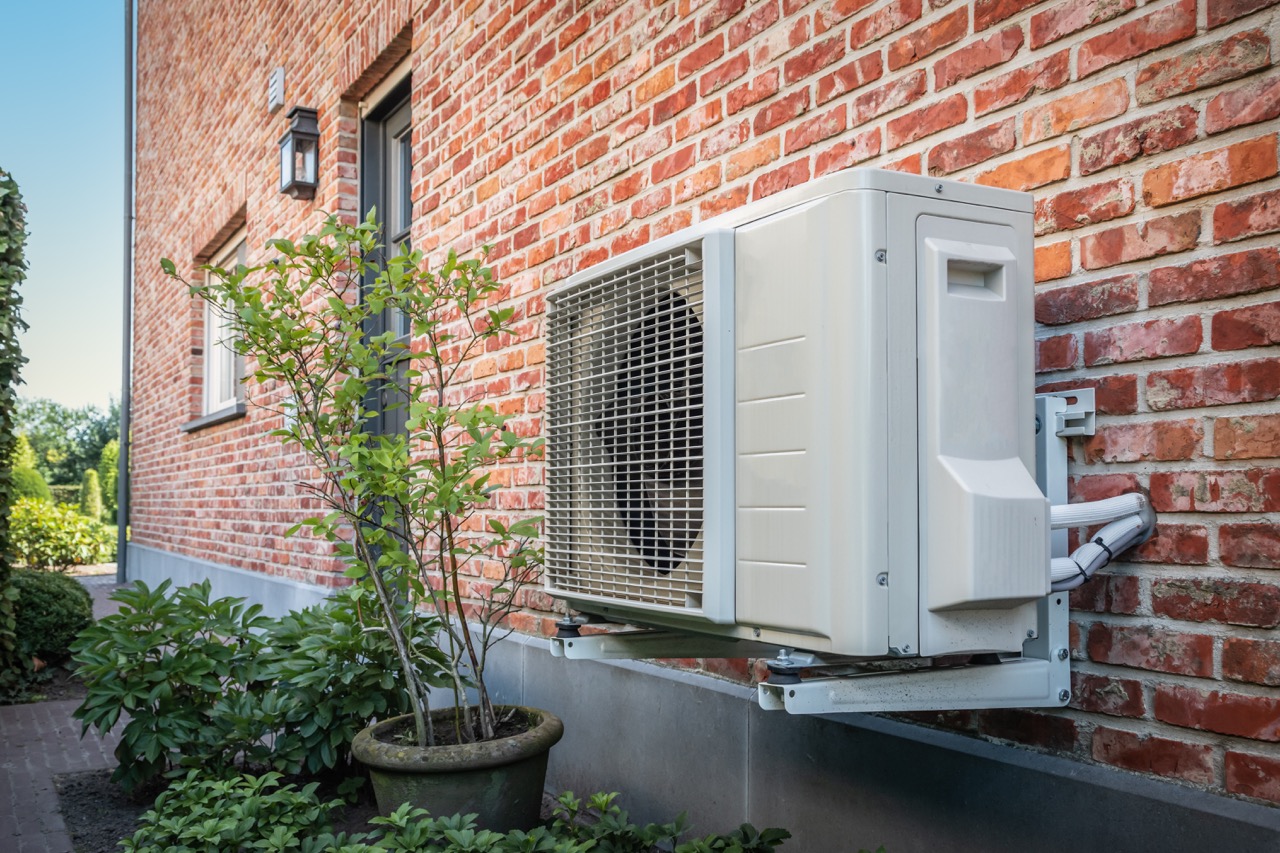If you own or manage a commercial property, you know how important it is to keep your commercial HVAC system running smoothly. A reliable heating and cooling system keeps your building comfortable, your employees productive, and your customers happy. But when your system starts having issues, you’re left wondering—can it be repaired, or is a full commercial HVAC replacement the only option?
The good news? In many cases, a commercial HVAC repair can get your system back to peak performance without the hassle and expense of replacing it. The key is knowing when a repair will do the trick and when it makes more sense to invest in a new system. Factors like the age of your equipment, the severity of the problem, and long-term costs all play a role in making the right call.
At Novak Heating and Cooling, we’ve been helping businesses with commercial HVAC repair, maintenance, and replacements since 1934. Here’s what you need to know to keep your system running efficiently and avoid unexpected downtime.
Common Reasons for Frequent Commercial HVAC Repairs
Several factors contribute to frequent commercial HVAC repair needs. Here’s what you need to know:
Heavy System Use Causes Faster Wear and Tear
Unlike residential units that cycle on and off, commercial HVAC systems often run continuously or for long hours. This constant operation puts strain on key components like compressors, motors, and fans, leading to commercial AC repair and commercial heating repair more often. Over time, this wear and tear increases the likelihood of unexpected system failures.
Large Buildings Put More Demand on HVAC Systems
The size of a commercial property directly impacts how often an HVAC system needs repairs. Larger buildings often require:
- Multiple HVAC zones to maintain even temperatures
- Extensive duct systems for efficient air distribution
- Rooftop units (RTUs) and split systems working together
With more equipment running, regular HVAC maintenance is essential to prevent system failures in office buildings, warehouses, industrial facilities, and more.
Lack of Maintenance Leads to Costly Breakdowns
Skipping routine commercial HVAC maintenance is one of the biggest reasons systems fail prematurely. Minor issues—like dirty filters, loose wiring, or refrigerant leaks—can quickly escalate into major system breakdowns. Business owners who enroll in a commercial maintenance plan can avoid many expensive repairs and keep their equipment running efficiently.
Refrigerant Leaks Reduce Cooling Efficiency
Commercial air conditioning systems rely on refrigerants to cool the building. If there’s a leak, the system has to work harder to maintain temperatures, leading to higher energy bills and increased strain on the compressor. If left unaddressed, refrigerant leaks can cause compressor failure, one of the most expensive commercial HVAC repairs.
Thermostat and Zoning Issues Disrupt Performance
Many commercial HVAC systems use zoning controls to regulate temperatures across different areas. If thermostats malfunction or sensors fail, the system may cycle too frequently or struggle to maintain consistent temperatures. A commercial HVAC contractor can recalibrate or replace faulty thermostats to restore efficiency and prevent excessive wear on the system.
Electrical and Mechanical Failures Cause System Malfunctions
Over time, commercial heating and cooling systems experience electrical and mechanical failures that require repair. Common issues include:
- Worn-out blower motors and fan belts
- Loose or burned-out wiring
- Malfunctioning control boards and relays
- Failed igniters in commercial heating systems
Clogged Air Filters and Ducts Restrict Airflow
Restricted airflow is a leading cause of commercial HVAC repair needs. When air filters, vents, or duct systems become clogged with dirt and debris, the system has to work harder, which can lead to:
- Poor indoor air quality
- Overheating in the commercial heating system
- Frozen coils in commercial air conditioning units
Routine filter changes and HVAC maintenance help prevent airflow issues and keep systems running properly.
Harsh Weather Conditions Lead to Equipment Damage
Many commercial HVAC units, especially rooftop HVAC systems, are exposed to extreme temperatures, wind, rain, and debris. Over time, these elements can cause rust, corrosion, and component failure. Businesses in harsh climates should schedule more frequent commercial HVAC services to prevent weather-related damage.
Improper Installation Causes Long-Term Issues
Poorly installed commercial HVAC equipment can lead to ongoing performance problems, higher energy costs, and frequent repairs. If a system is too small, it will struggle to keep up with demand, leading to excessive wear and tear. If it’s too large, it will cycle on and off too frequently, reducing efficiency and shortening its lifespan.
Faulty ductwork design can also create airflow restrictions, causing uneven temperatures and forcing the system to work harder than necessary. Additionally, incorrect electrical connections—such as loose wiring or improper voltage—can damage key components, increase the risk of system breakdowns, and even create safety hazards.
To avoid these problems, businesses should work with experienced commercial HVAC installation contractors who specialize in large-scale installations.
When Can a Commercial HVAC System Be Repaired?
Most commercial HVAC systems are designed for long-term performance, and many problems can be resolved with expert commercial HVAC repair instead of a full replacement. Here are some common issues that can often be fixed to restore efficiency and performance:
Inconsistent Heating or Cooling
If your commercial heating system or commercial air conditioning isn’t maintaining the right temperature, the issue could be caused by:
- Faulty thermostats or zoning controls
- Dirty air filters restricting airflow
- Malfunctioning dampers in your building’s ductwork
- Refrigerant leaks affecting cooling performance
Fortunately, most of these problems can be fixed with routine maintenance and minor repairs, helping restore indoor air quality and improve energy efficiency.
Unusual Noises or Odors
Loud noises, banging sounds, or strange odors coming from your heating and cooling equipment may indicate problems with:
- Loose or broken components
- Clogged air filters or duct obstructions
- Electrical or gas-related malfunctions
Addressing these issues early with a commercial heating repair or a commercial AC repair can prevent bigger, more expensive problems down the line.
Frequent Cycling or Short Run Times
If your commercial HVAC system turns on and off frequently, it may be struggling with:
- A faulty thermostat or control system
- Blocked airflow in duct systems
- An overworked compressor
A professional commercial HVAC contractor can diagnose the issue and make the necessary
repairs to keep your equipment running efficiently.
Increased Energy Bills
Sudden spikes in energy bills could be a sign of inefficiency in your commercial heating and cooling systems. Causes may include:
- Dirty coils reducing peak efficiency
- Leaking refrigerant affecting commercial air conditioning performance
- Aging parts that need replacement
A thorough system inspection can identify areas for improvement and prevent an unnecessary commercial HVAC replacement.
When Is Commercial HVAC Replacement a Better Option?
While many issues can be fixed with commercial HVAC repair, there are times when new HVAC equipment is the better investment. Here’s when business owners should consider replacing their commercial heating and cooling equipment:
The System Is More Than 15-20 Years Old
Most commercial HVAC systems have a service life of 15-20 years. If your system is nearing this age and experiencing frequent breakdowns, replacing it with an energy-efficient model may be the best solution.
Repairs Are Becoming Too Frequent or Expensive
If you find yourself calling for commercial HVAC services every few months, the repair costs may be adding up. A cost-effective solution could be investing in a commercial HVAC replacement, especially if repairs are exceeding 50% of the cost of a new unit.
The System No Longer Meets Energy Efficiency Standards
Older commercial heating systems and commercial air conditioning units tend to consume more energy than modern high-efficiency models. If your energy bills are increasing despite repairs, upgrading to new HVAC equipment can lower operating costs and improve indoor air quality.
The Importance of Regular Inspections for Commercial HVAC Systems
Given the unique challenges faced by commercial HVAC systems, regular commercial HVAC maintenance is essential to ensure optimal performance and prevent costly breakdowns.
Here are some benefits of regular inspections:
- Early Detection of Issues: Regular inspections can help identify potential problems before they escalate into costly repairs or system failures.
- Improved Efficiency: Inspections often include cleaning and tuning of components, which can help maintain system efficiency and reduce energy costs.
- Extended System Lifespan: By addressing issues early and keeping the system well-maintained, regular inspections can help extend the lifespan of your commercial HVAC system.
- Enhanced Indoor Air Quality: Inspections can help ensure proper ventilation and air filtration, contributing to a healthier indoor environment for building occupants.
It’s generally recommended that commercial HVAC units be inspected at least twice a year, with more frequent inspections for facilities with higher demands or operating in harsh environments.
Schedule Your Commercial HVAC Repair With Novak Heating and Cooling
If your commercial HVAC system in the Cedar Rapids, Iowa, area is showing signs of trouble, don’t wait until a breakdown impacts your business. Novak Heating and Cooling provides fast, reliable commercial HVAC repair services to keep your system running at its best.
Our experienced technicians diagnose problems quickly and offer cost-effective solutions to restore comfort and efficiency to your building. We also offer comprehensive commercial HVAC maintenance plans designed to prevent unexpected failures, extend equipment lifespan, and keep operating costs low.
Contact us today to schedule a commercial HVAC repair and to learn more about our maintenance plans. Let Novak Heating and Cooling help you protect your investment and keep your business comfortable year-round.

